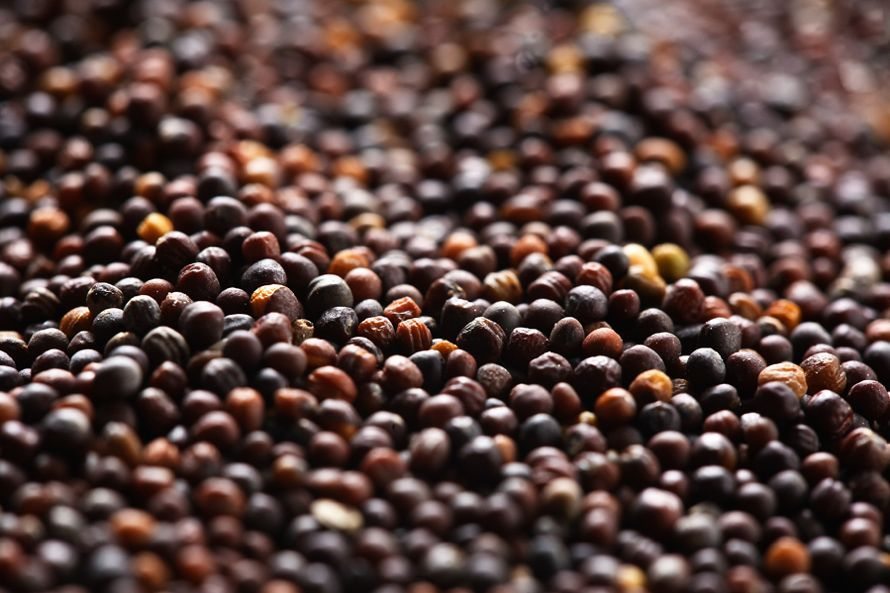CNS Canada – Some producers in the south have started harvest, according to the latest Saskatchewan Agriculture crop report for the week ended July 31.
Less than one per cent of fields have been combined across the province so far, but 47 per cent of fall rye, six per cent of winter wheat, two per cent of lentils and one per cent of field peas are in the bin.
As the rain shortage continues, topsoil moisture reserves are being drawn down. Province-wide, cropland is rated as having one per cent surplus moisture, 29 per cent adequate, 41 per cent short and 29 per cent very short. Hay land and pasture is rated as one per cent surplus, 23 per cent adequate, 40 per cent short and 36 per cent very short.
Read Also

Senft to step down as CEO of Seeds Canada
Barry Senft, the founding CEO of the five-year-old Seeds Canada organization is stepping down as of January 2026.
In the southwest, harvest is underway with yields reported as average to well-below average. Hot weather continues to burn up crops, hay and pasture. Many areas in the region have received only 50-75 millimetres of rain since April 1. All crop districts report 93 per cent of cropland, hay land and pastures are short to very short of topsoil moisture. Many farmers have expressed concerns about the high fire risk as equipment starts rolling into dry fields.
In the extreme southwest, along the borders with the United States and Alberta, 100 per cent of cropland, hay land and pasture is rated short to very short of moisture.
In the southeast region, harvest has begun on some fields with yields ranging from average to well-below average. Hot weather and lack of moisture is stressing crops. Aphids and diamond back moths are also causing issues for some farmers. There are also reports of gophers and large wildlife causing damage. Haying is wrapping up with significant low yields being reported.
In east-central Saskatchewan, the heat wave is drying up crops and farmers should be combining within the next two weeks. Crop yields overall are expected to range from average to below average.
In west-central areas, 20 per cent of winter wheat and 15 per cent of fall rye are in the bin. Most producers expect to be out in fields soon as rapid drying continues under the heat. Yields are expected to come in at average to below-average overall. Heat stress remains a factor with no new rain showers last week.
In the northeast, producers are hoping to get out in fields within the next couple weeks. Most farmers predict average crops, with most of the region receiving adequate moisture during the past few months.
Farmers in the northwest region are seeing crops dry quickly in the heat. Most predict yields will be average, but some areas may see above-average yields, thanks to timely rain.















